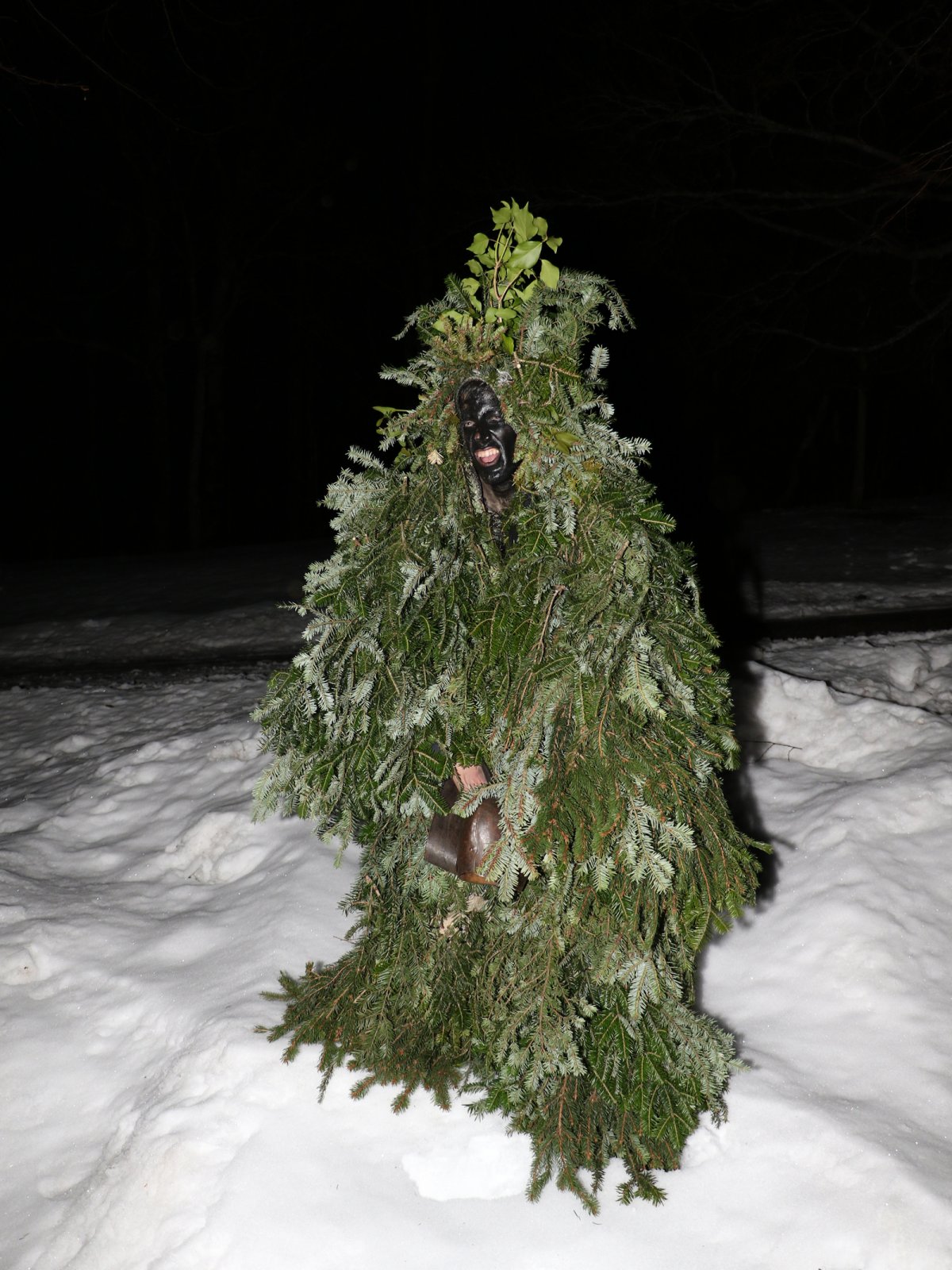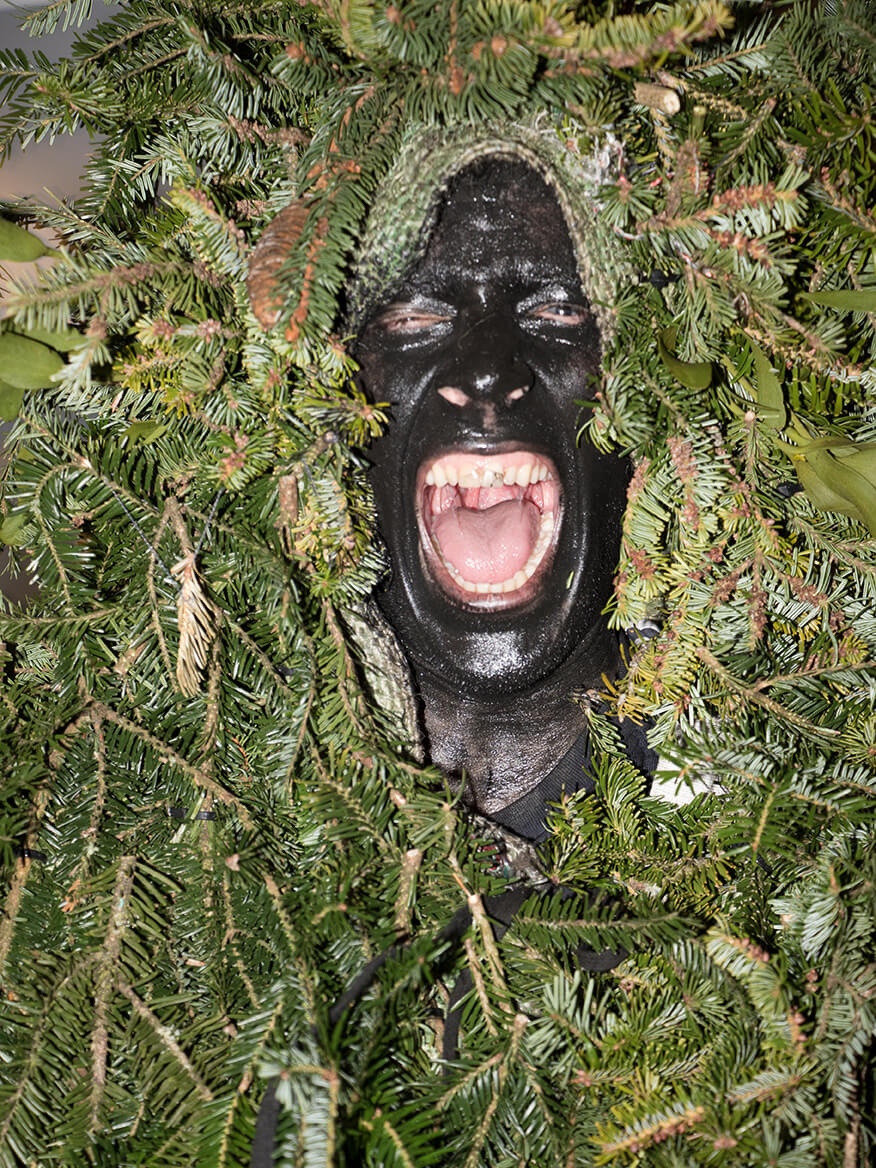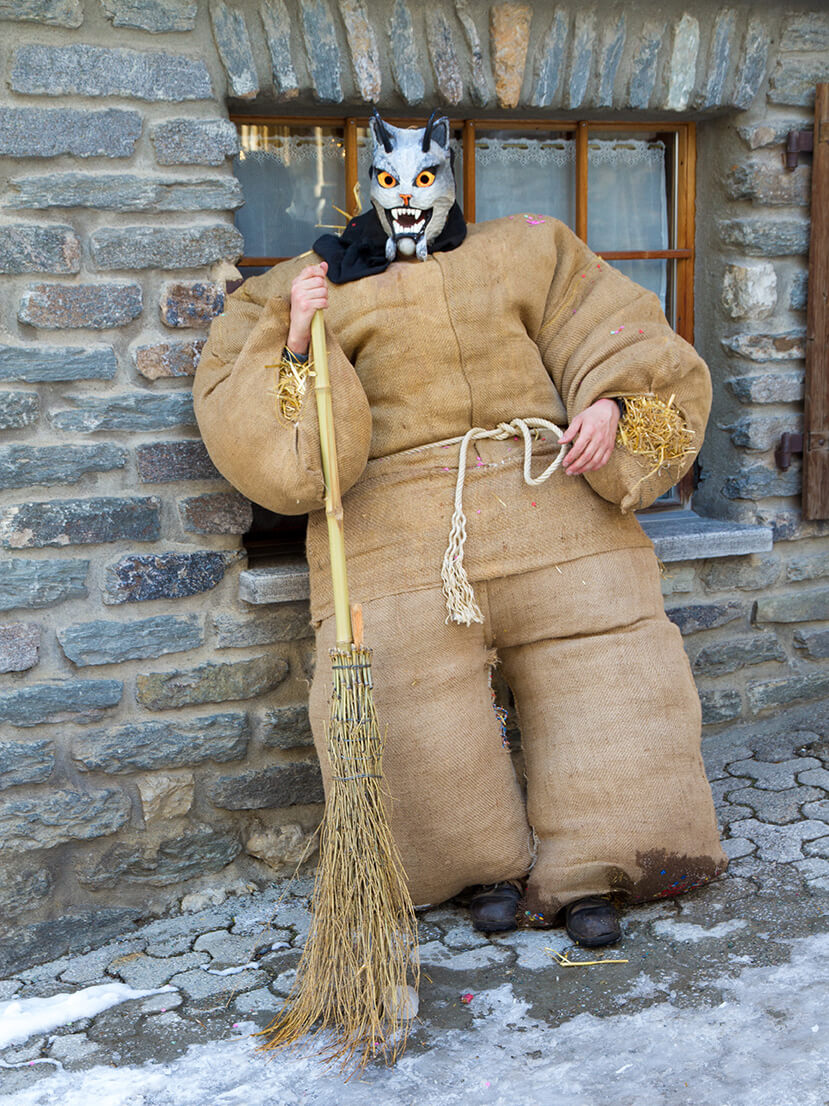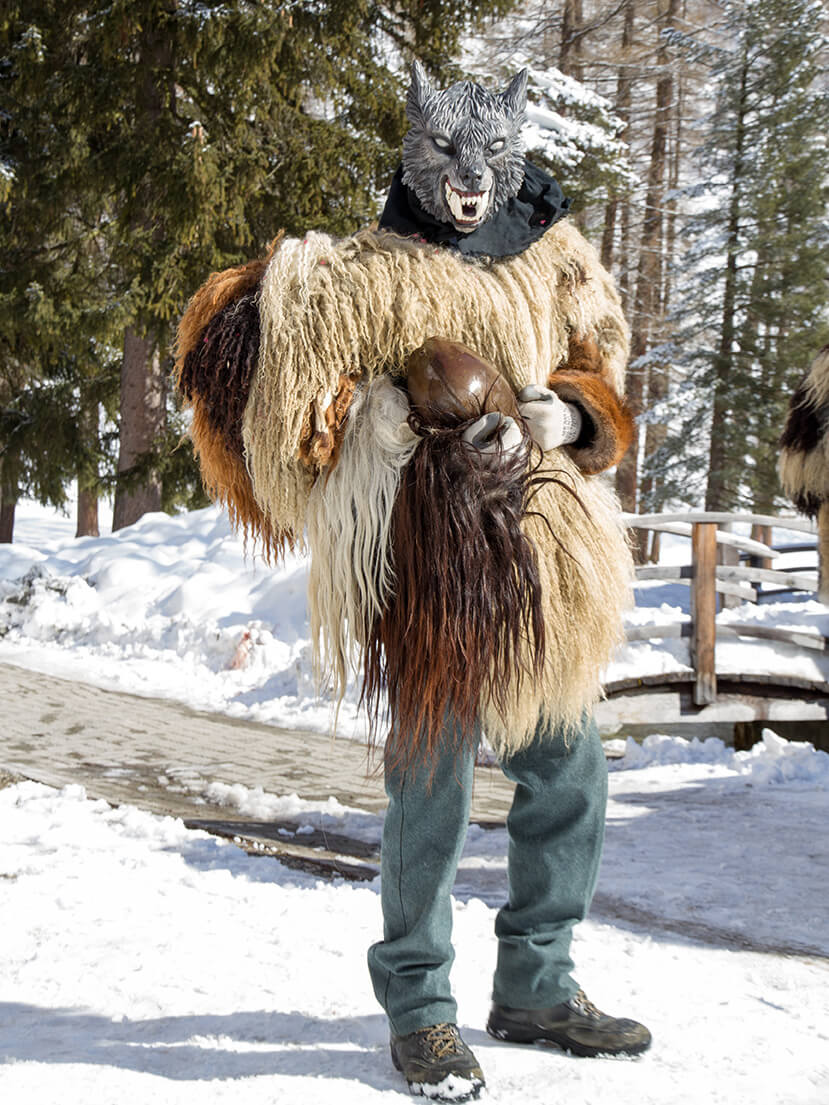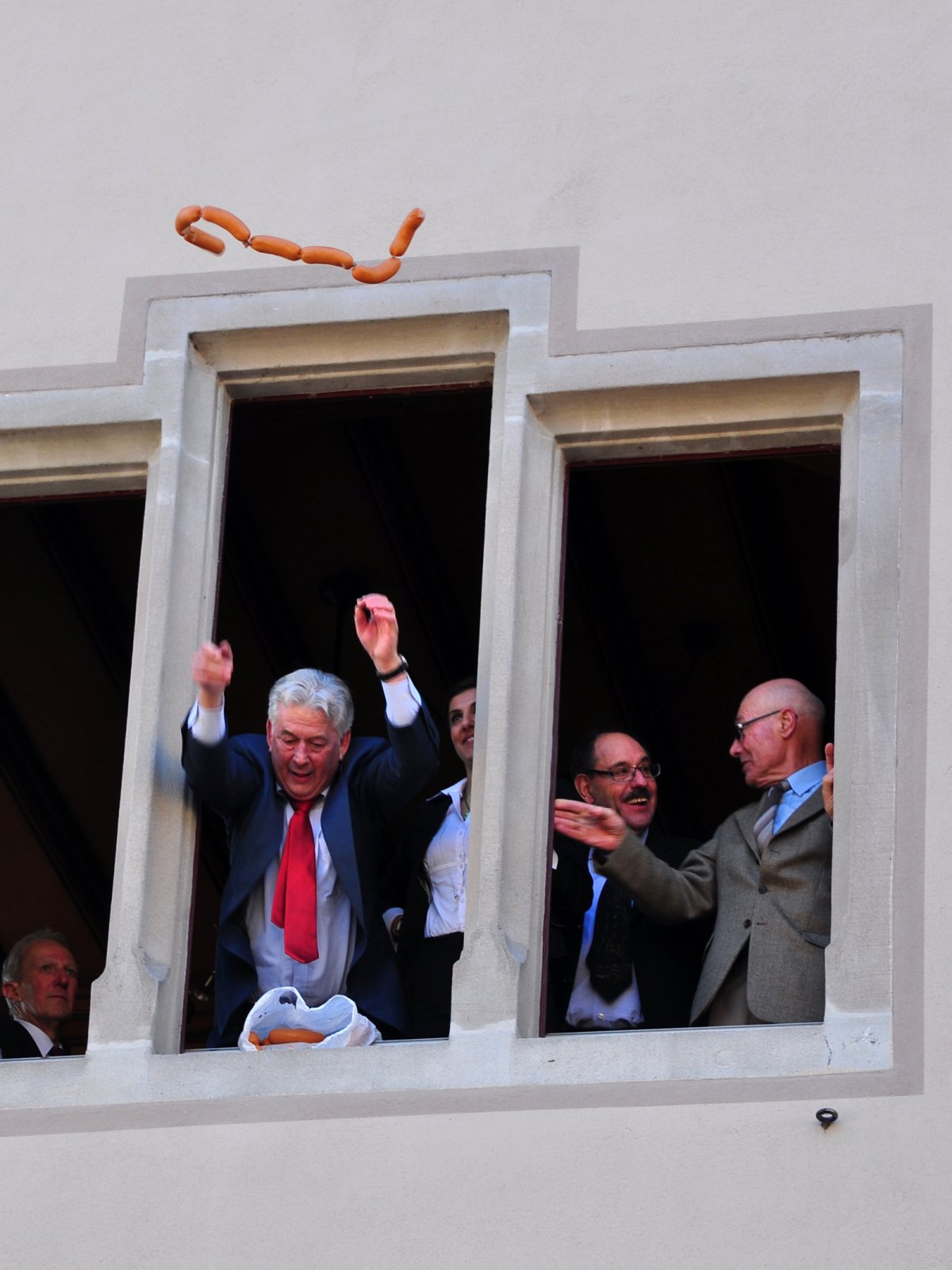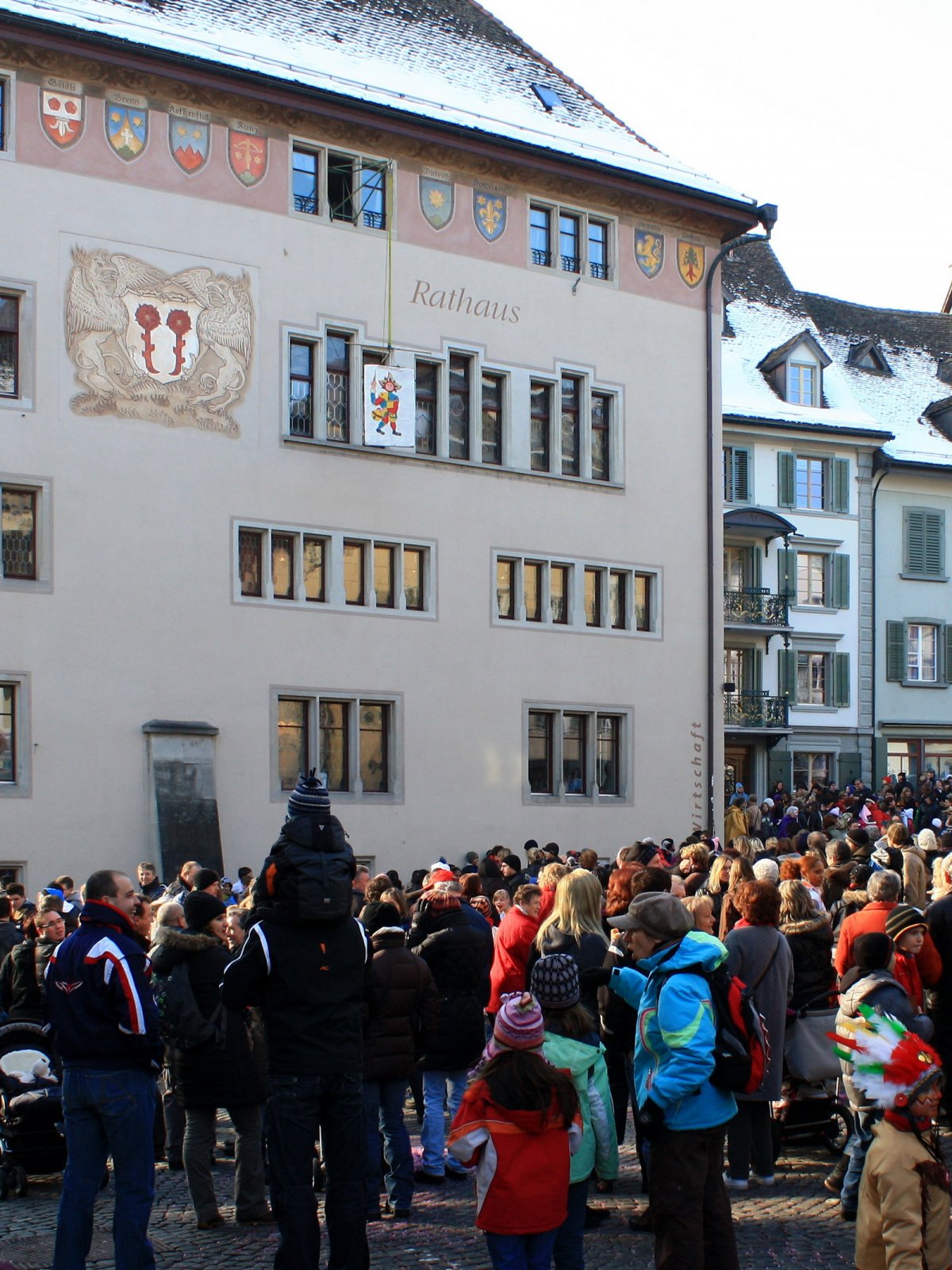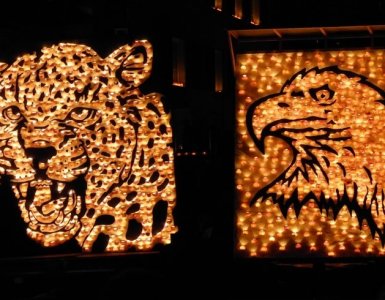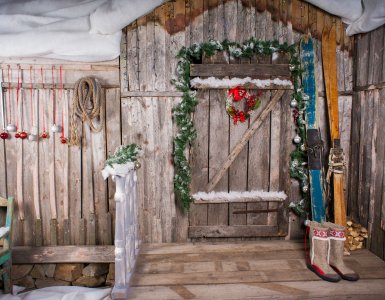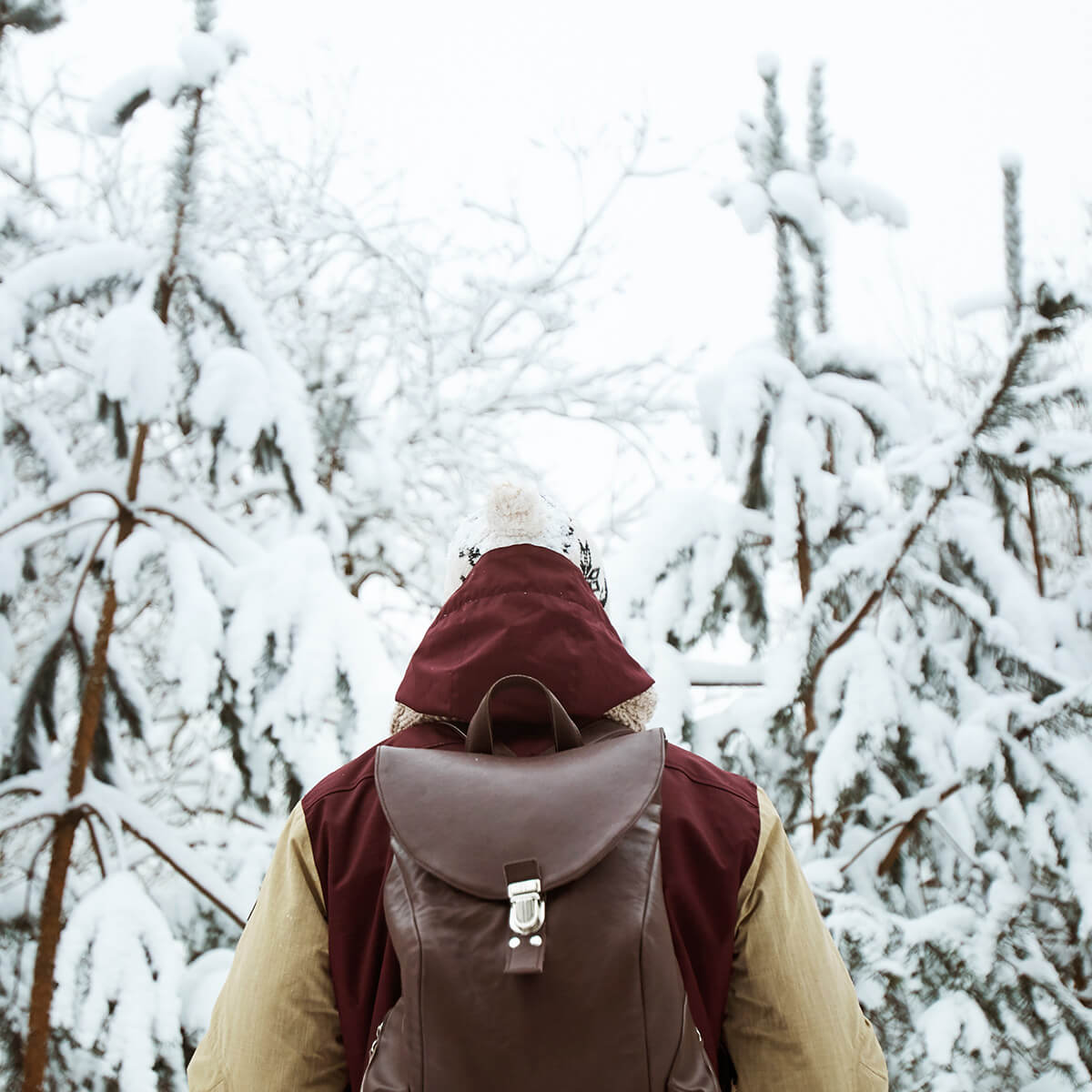Farming life at the foothills of the Alps, and thus Swiss culture, once was riddled with mystery. In constant competition with nature, towns were routinely swept away by avalanches, wolves stalked sheep, and winter nights were long and dark.
These harsh conditions were a fertile breeding ground for some rather unique traditions and rituals, some of which have survived to this day. Be it giant bonfires to light up the night, scary masks to chase away demons, or fertility rituals for prosperity - there are numerous unique winter traditions in Swiss culture.
In some cases, their purpose is related to the Christian religion, including the Swiss carnivals. Other rituals are rooted in Pagan beliefs. In either case, these Swiss living traditions are unique in the world.
Here are some unique living traditions that define Swiss culture during the winter months:
Whipcracking championship in Schwyz
On the morning of Three Kings Day, Schwyz is turning into the center for whipcracking. This unique whipcracking championship has been attracting children and adults for more than 50 years now. While standing on a pedestal, they would showcase their skills to the Priis-Chlepfä jury in order to win prizes. Turn up the volume and get a taste of it:
Vogel Gryff in Basel
Every January, the symbolic Vogel Gryff ritual takes place in the middle of Basel. The ceremony dates back to the middle ages and features three protagonists: a savage man hauling a pine tree, a lion, and a griffin. They represent Rebhaus, Hären, and Greifen, the societies of Kleinbasel.
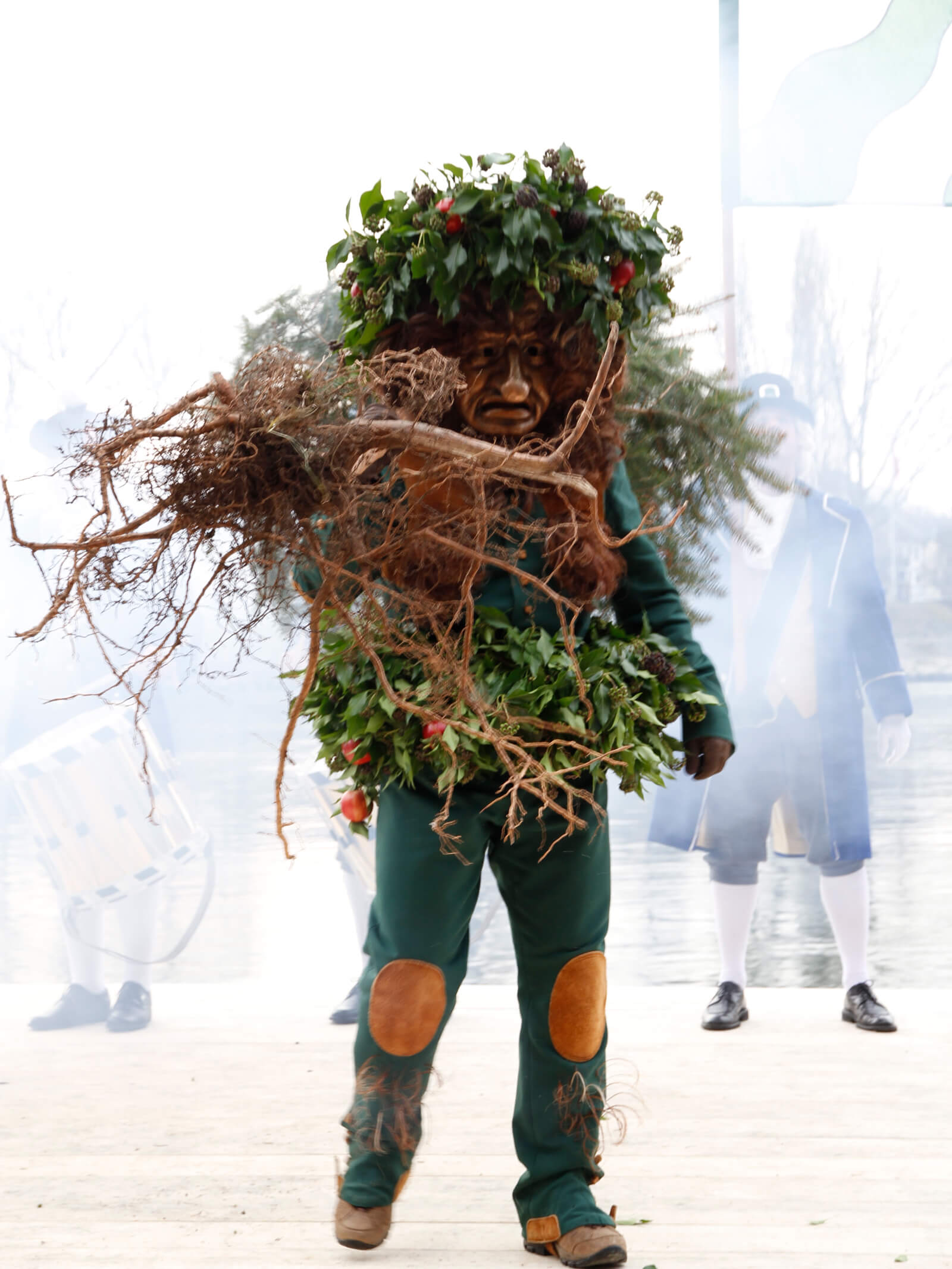
By the sound of drums and gun salutes, the three can be spotted on the Middle Bridge at 11 AM as they bow, dance, and greet onlookers while always facing Kleinbasel. The Vogel Gryff Festival takes place alternately on January 13, 20, or 27.
Hornschlittenrennen sledge races in Braunwald
One weekend in February, the slopes of Braunwald are in the name of sleds. On Saturday, there is traditionally a race for all ages. And on Sunday, costumed teams and their handcrafted sleds of all shapes and sizes take over as part of the Horä-Schlittä-Rännä.
The Hornschlitten race may only have been around for 30-plus years, but it has everything it takes to sustain the next centuries. The 36th edition will take place on Feb 5, 2022.
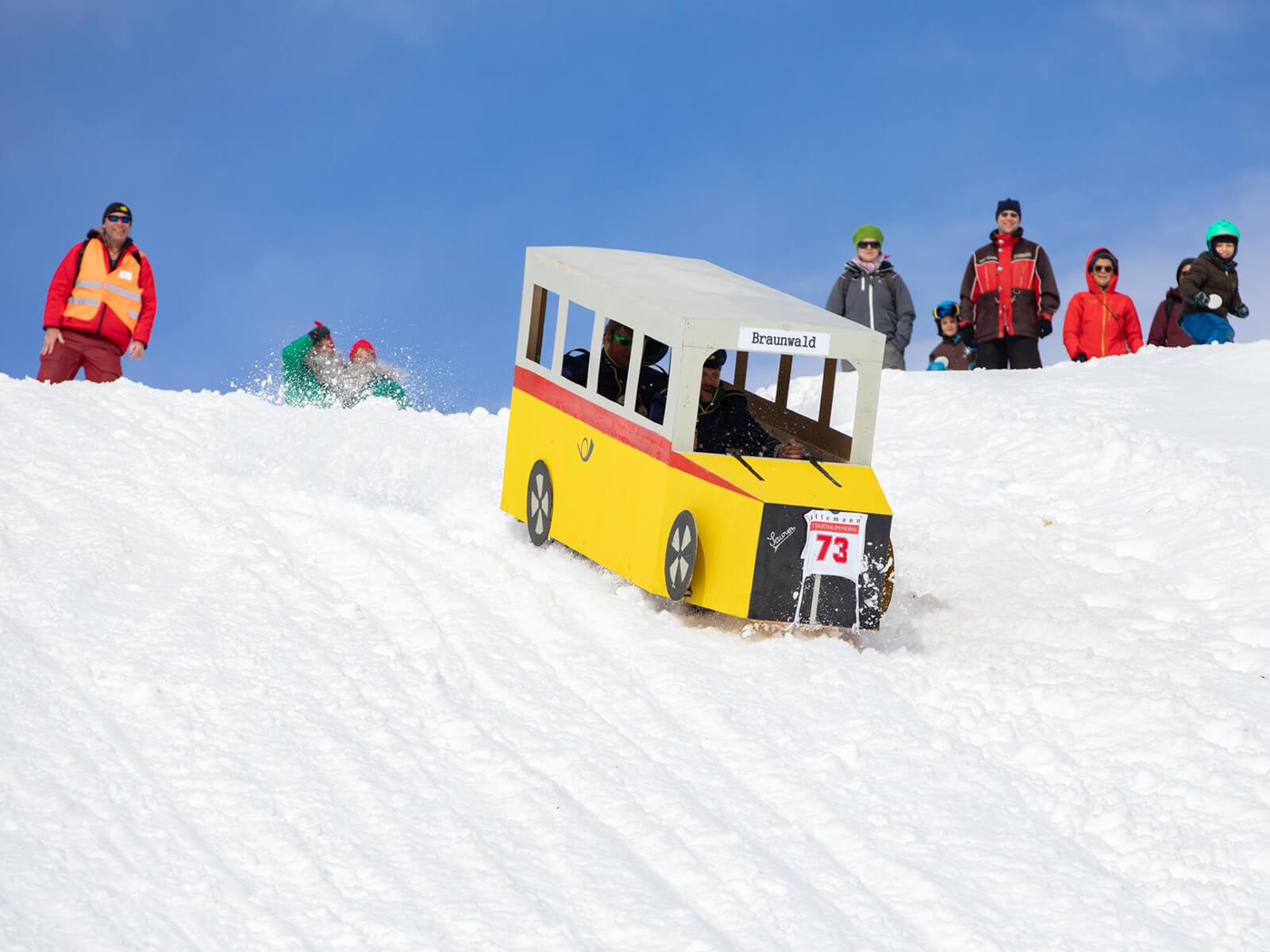
Hom Strom burning in Scuol
Every first Saturday of February, the boys of Scuol are tasked with gathering straw from local farmers. All the donated straw is collected on the “Plaz” village square, where it is shaped into a man, the Hom Strom. (When rye straw was more common, there used to be a competition among neighborhoods for the biggest and most handsome Hom Strom.)
Way back, the burning of Hom Strom may have been a sort of offering from farmers to the gods for an opportune harvest. Today, this Swiss culture still culminates in the burning of the straw man at 8 PM. But it is also a social outing for the Scuol locals who share a common experience by singing the Chanzun dal Hom Strom song.
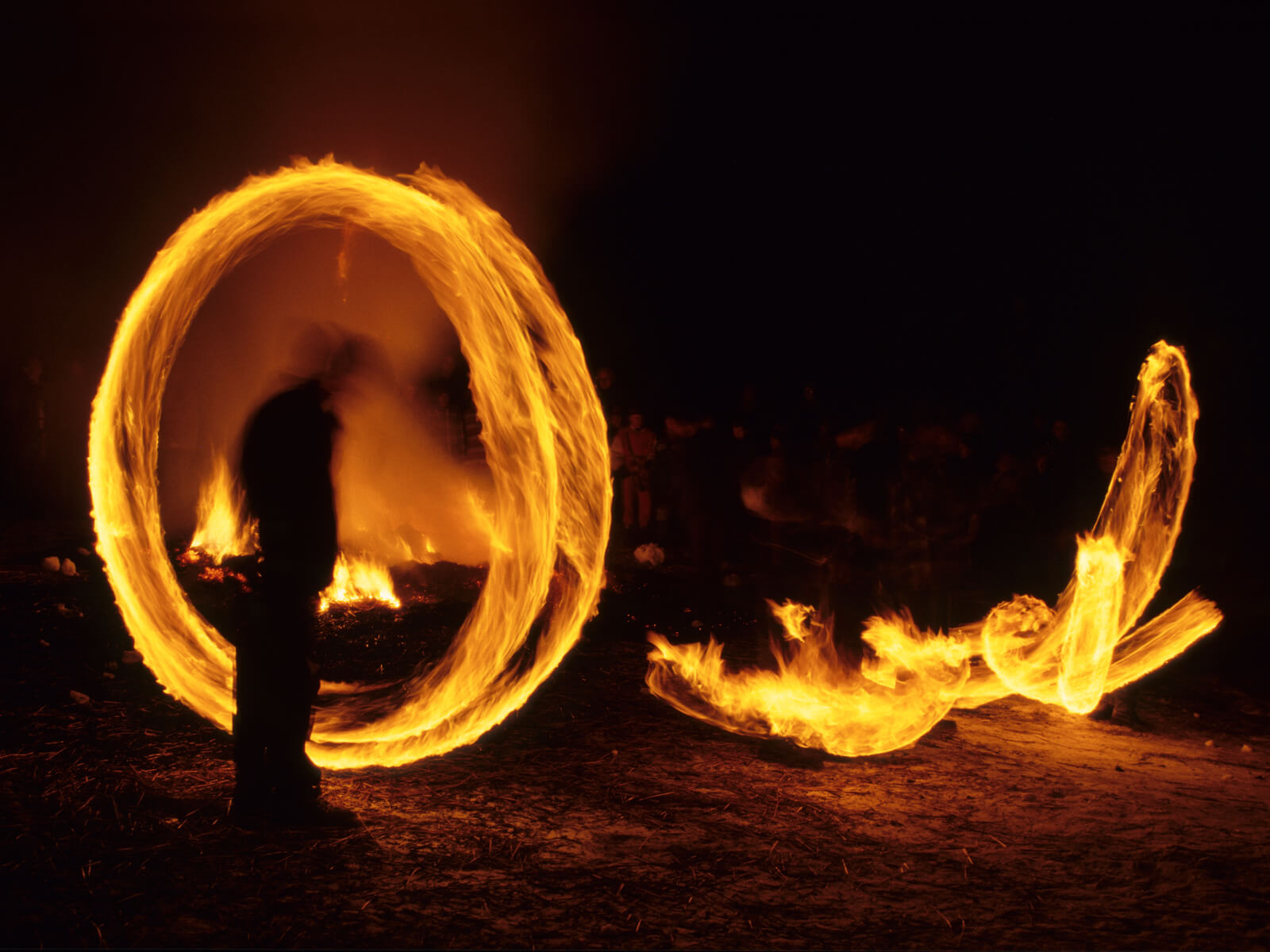
Carnaval des Franches-Montagnes in Noirmont
Rather fitting for the rural canton of Jura is the Carnaval des Franches-Montagnes. The carnival starts with the release of the savages from the forests on the full moon before Lent. Once they reach the village, the ladies recognize each young man hiding behind the costume. Those who provoke the savages are tossed into the village fountain with their face blackened.
The baitchai is a communal parade on Shrove Monday to chase away evil spirits. Open to anyone, this cheerful happening is quite an antidote to the release of the savages.
Copyright Andy Storchenegger
Urnäscher Bloch in Urnäsch
Every two years, on Monday before Ash Wednesday, a peculiar carnival tradition occurs in the villages of Appenzell. Urnäscher Bloch is supposed to be a funeral procession whereby a log is placed on a cart and pulled by local men. Each man is dressed in a traditional costume signifying a type of lumber trade.
The log is decorated and even carries a wood-burning oven. Starting in Urnäsch at 4:30 AM (!), the men would pull this “hearse” through Hundwil, Stein, and Waldstatt before returning at 5 PM. Unfortunately, this year’s edition, including the log auction, has been canceled. The next opportunity to see this carnival funeral will be on Feb 20, 2023.
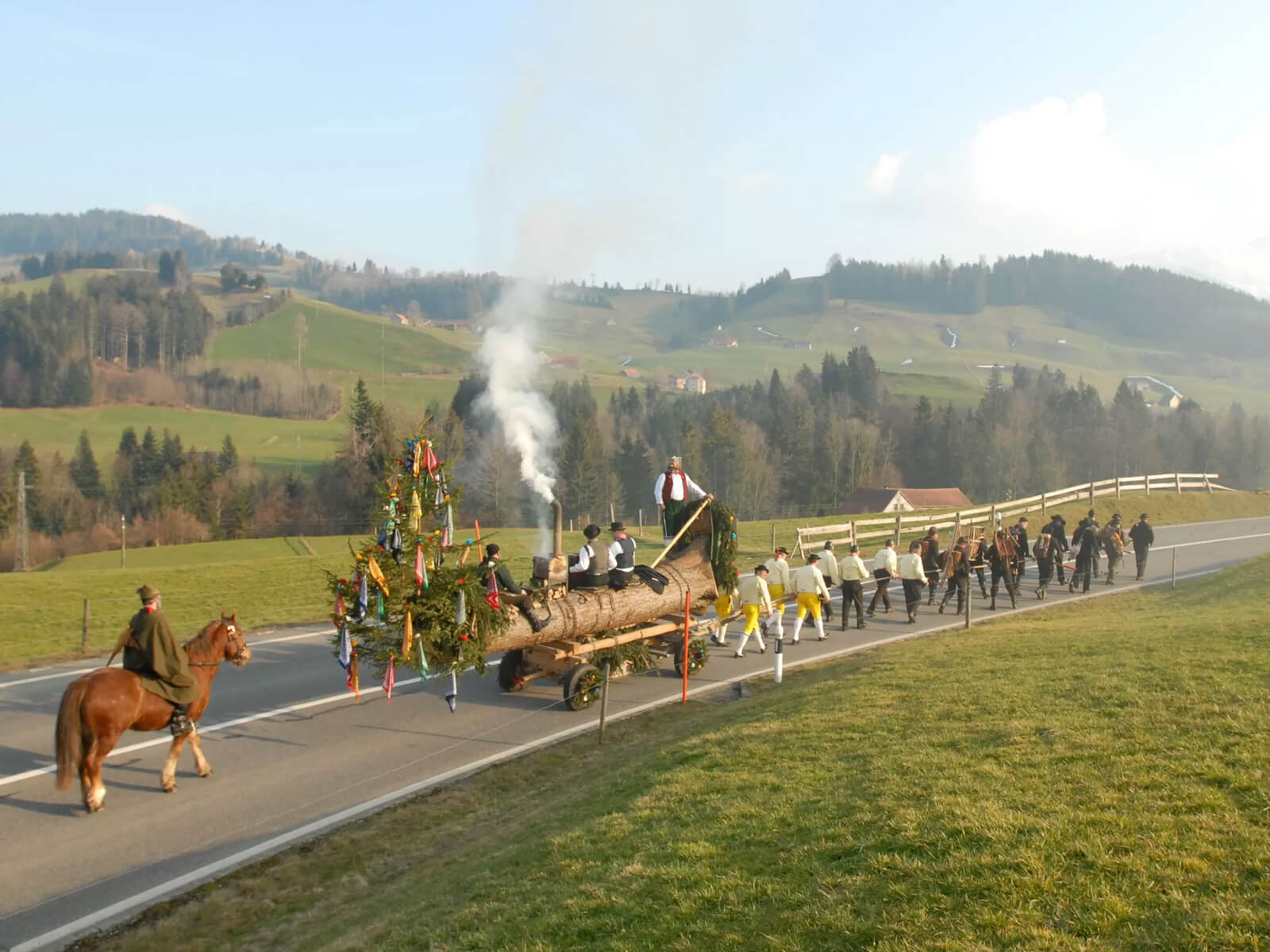
Carnaval d'Evolène in Evolène
There is a chance that this mountain carnival dates back to prehistoric times when the first masks were made. Celtic tribes who lived in today’s Valais practiced some winter rituals involving masks, too.
Either way, the Carnaval d'Evolène has taken place from Epiphany through Shrove Tuesday for as long as anyone can remember. It is rooted in the history of the area and in the lives of its residents.
Copyright Andy Storchenegger
On Friday and Saturday nights, the streets of Evolène fill with strange creatures. These straw men, called Empaillés, are using their brooms to scare away winter (as well as a certain Coronavirus).
Rölli in Walenstadt
The children of Walenstadt can recognize a Rolli in their sleep. These masked jaspers are on the loose from noon on Sunday until the evening of Shrove Tuesday, chasing after kids and teens.
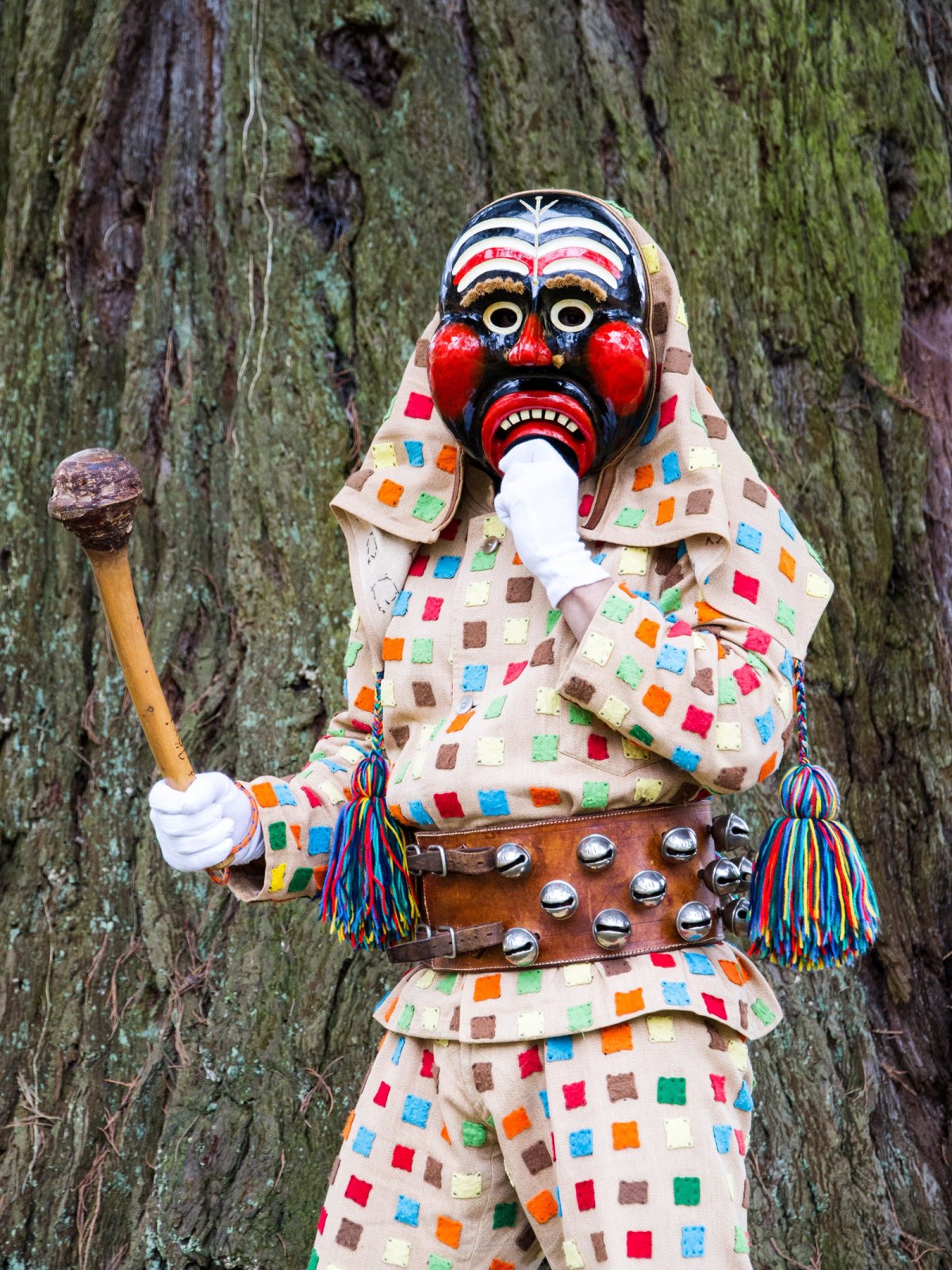
The Stadtner Fasnacht is renowned for its carnival groups, some wearing intricate wooden masks. The masks depict Pagan demons called “Butzi.” The “Alte,” pictured below, is among the oldest of the 14 “Rölli” characters. It is believed to be nearly 200 years in the making and can be recognized by the red cheeks, and the tree of life painted on the forehead.
Brotauswerfen bread tossing in Einsiedeln
Listen up, bread lovers: the old town of Einsiedeln is the place to be every Shrove Tuesday! On three stages, masked jaspers would dance and prance, casually tossing some 9000 Mütschli bread loaves into the crowds.
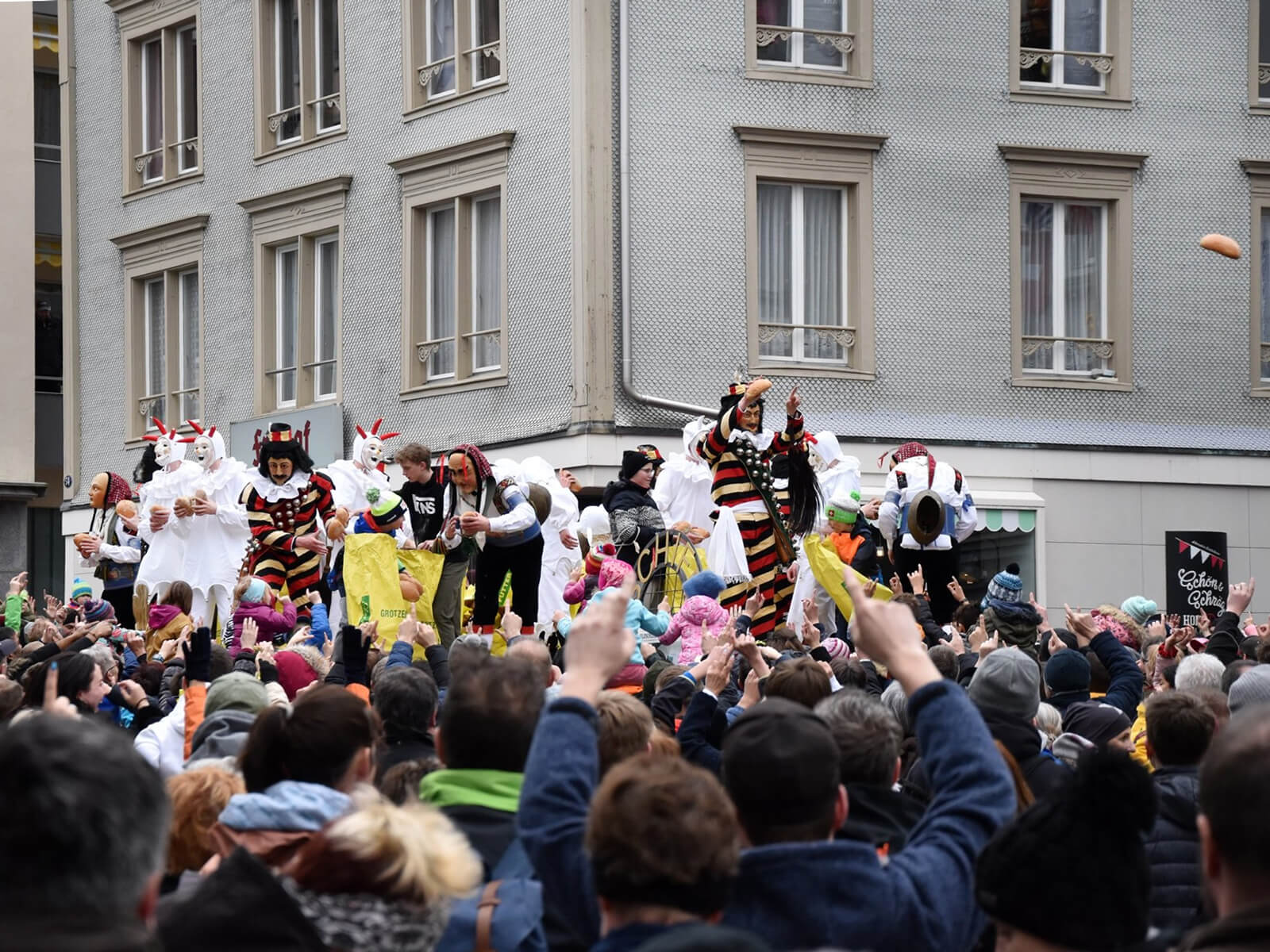
Those shouting “I mir eis, i mir eis” and who catch the attention of a Bajass (buffoon), a Johee (farmer), or a Mummerie (bankrupt horse dealer) might just get lucky...
Brotauswerfen started in the 17th century as a way of feeding the poor. I have attended Brotusrüerete (as we called it) during my childhood - but not because we were poor!
Eis, Zwei, Geissebei in Rapperswil
I also have childhood memories of screaming “One, Two, Goat Leg!” at the town hall of Rapperswil... This tradition may go back to 1350, when residents would hand out food to starving children in the alleys.
Today, the food is no longer handed out but rather tossed into the crowds from the town hall’s upper floors. At exactly 3:15 PM, i.e. 15:15 local time, the windows open and council members start throwing sausages, loaves of bread, and Biberli pastries onto the square below. It’s a definite must-see tradition in Switzerland.
Copyright Roland ZH/Wikipedia
Chesslete in Solothurn
The carnival in the beautiful Baroque town of Solothurn has a long tradition. On Fat Thursday at 5 AM sharp, the events are kicked off with Chesslete. Using bells and ratchets, the participants commence chasing away what is left of winter. Unique is also their outfit: everyone is dressed in a white nightgown with a pointy hat and a red scarf.

